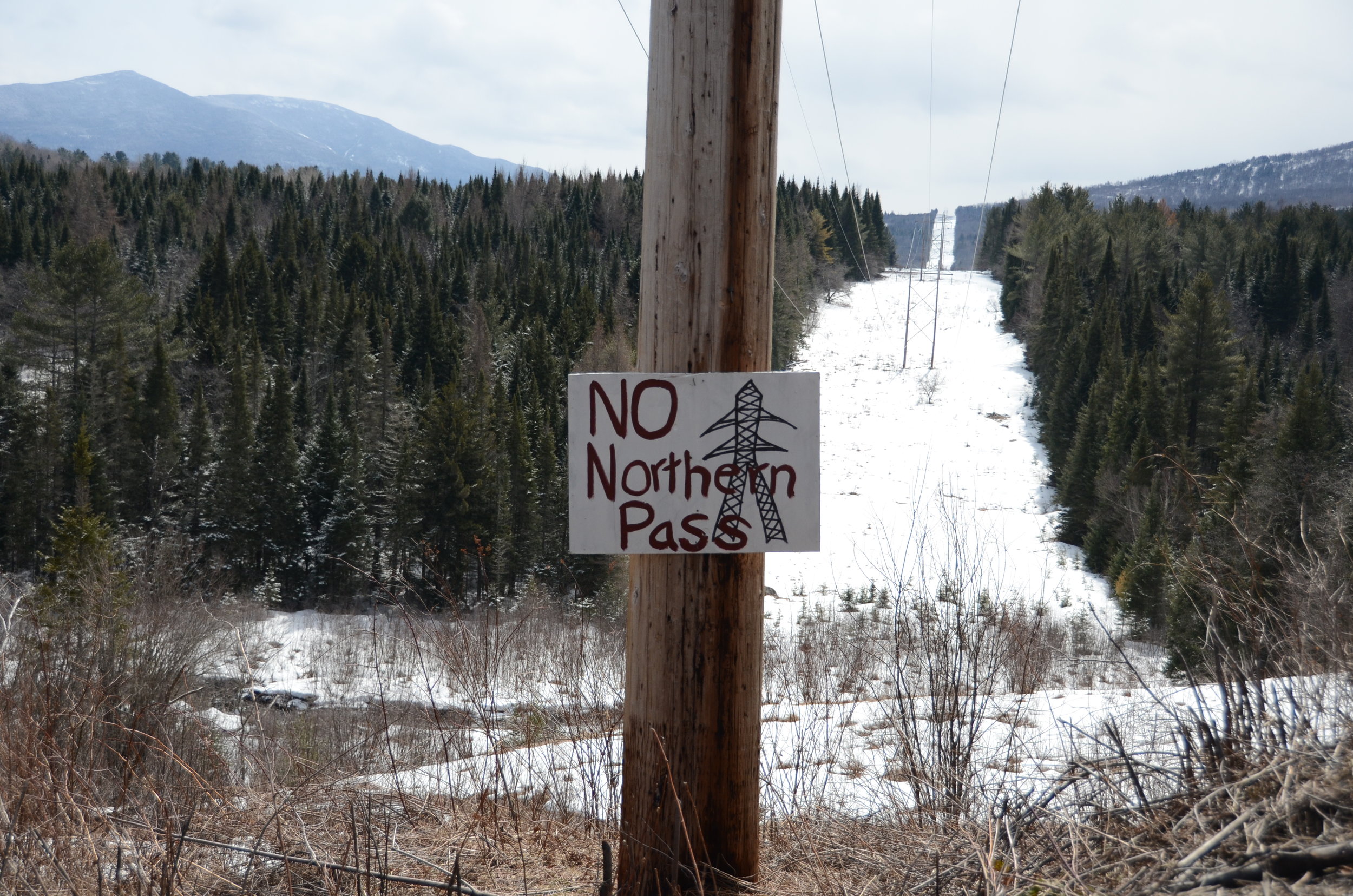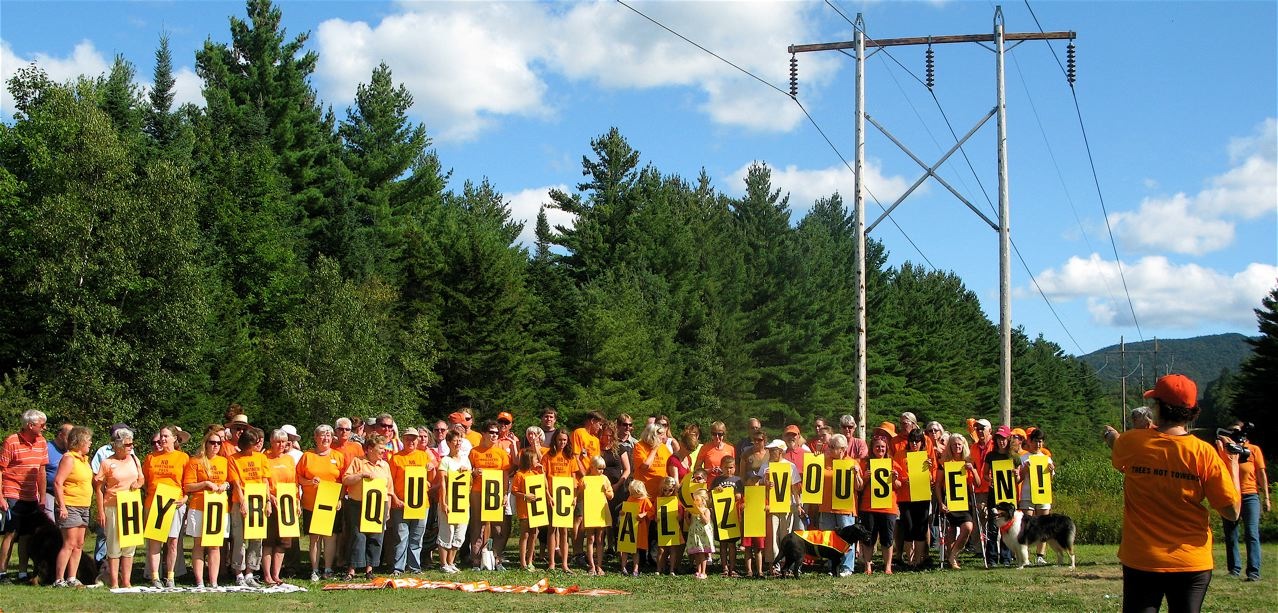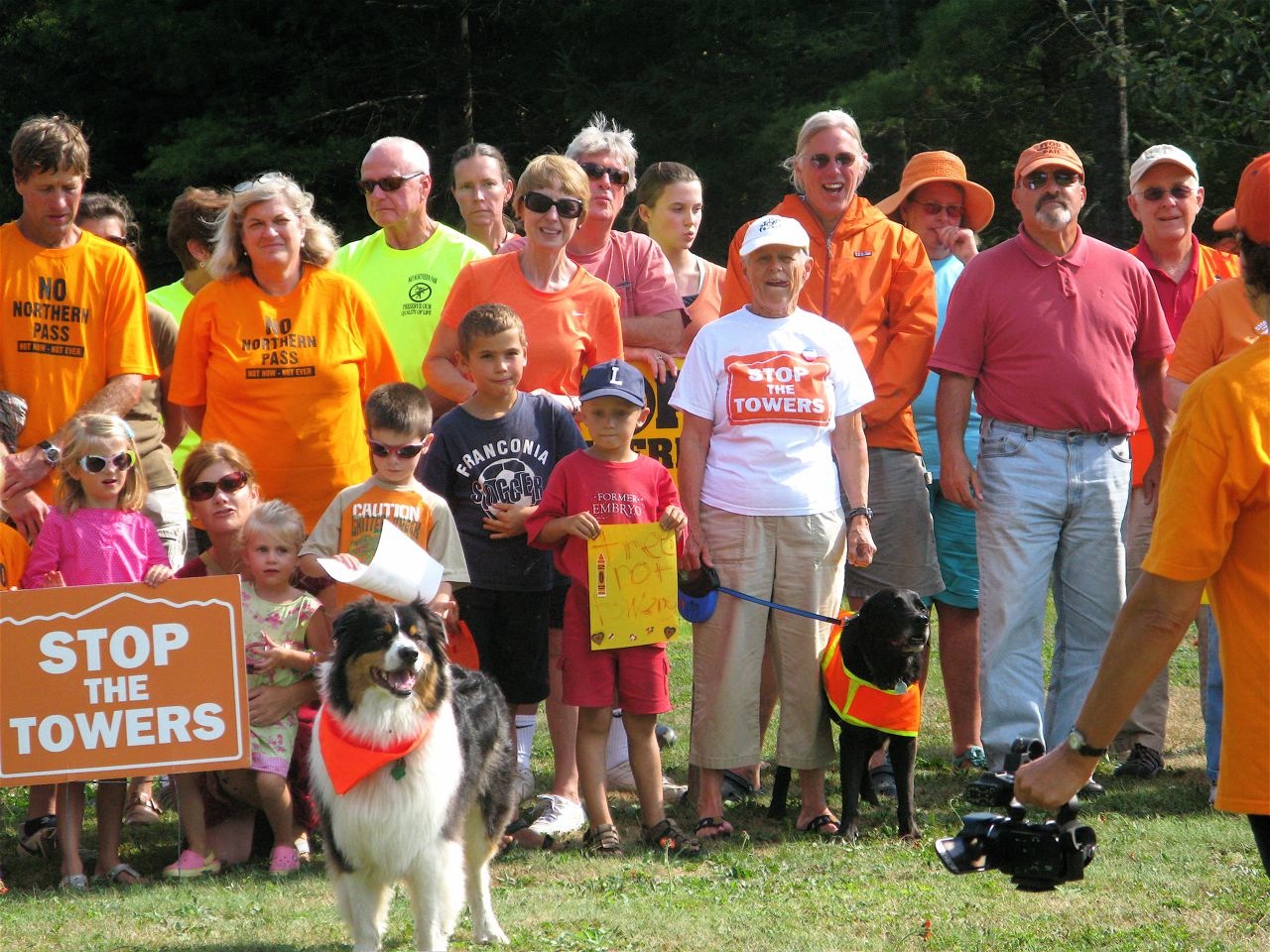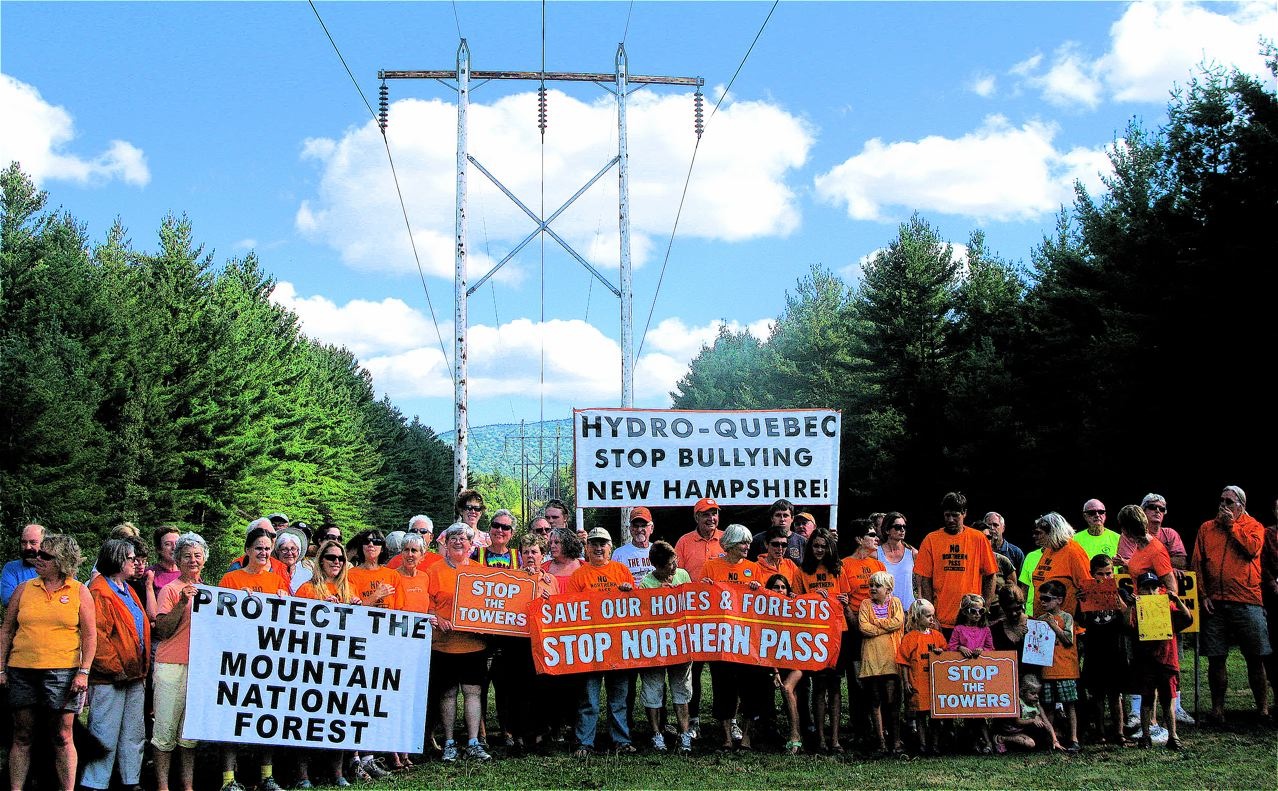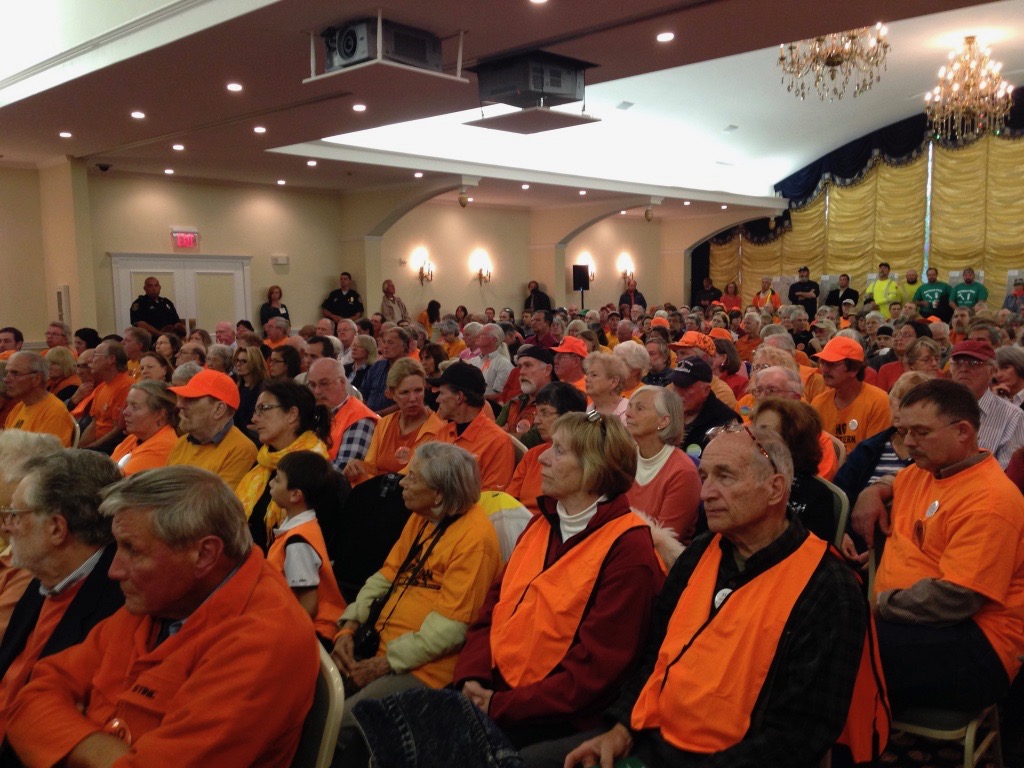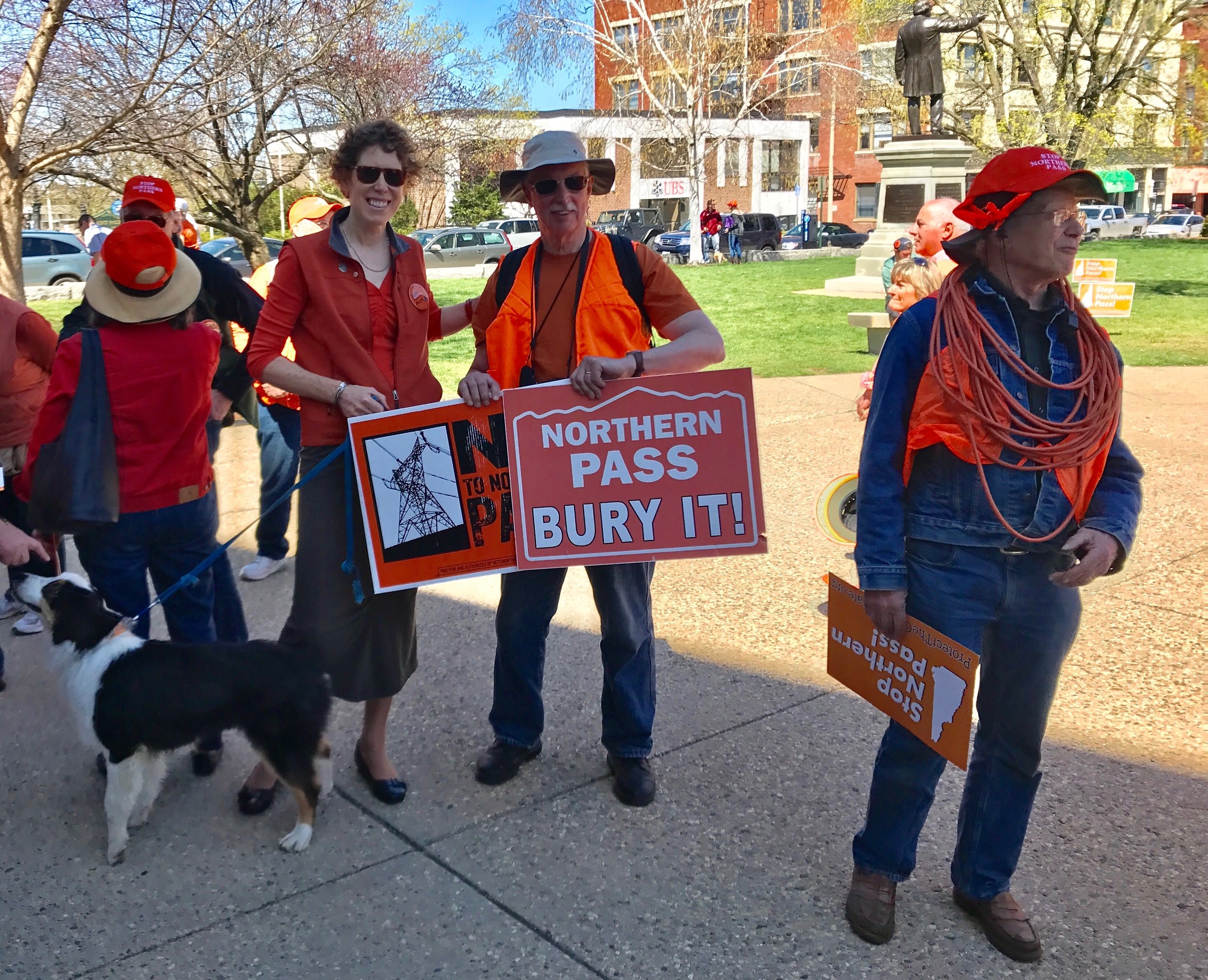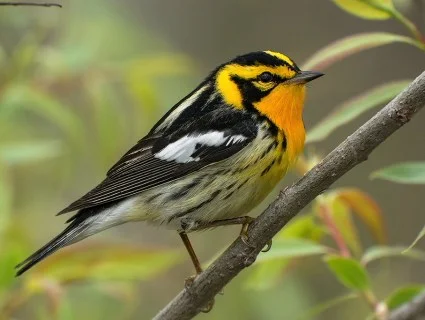We are proud to announce the conservation of two properties that will help protect clean water and wildlife habitat forever.
Carl and Nancy Martland have conserved two parcels of land bordered by Pearl Lake Road and Hadley Road in Sugar Hill.
On the south side of Pearl Lake Road, the 16.6-acre Creamery Pond parcel protects the Salmon Hole Brook, a cold water stream that supports wild brook trout, and flows into the Ammonoosuc River in Lisbon. The land is mostly floodplain with sedge meadow, alder swamp, and the brook, and has some surrounding upland forest.
On the north side of the road, Salmon Hole Brook continues, and the approximately 41-acre Whipple Pasture parcel contains floodplain, wetlands, and an upland forest that is home to black bear, all kinds of songbirds, grouse, woodcock, and deer, among other creatures.
Together, the two parcels protect nearly a ¾ mile of stream frontage. Built into the conservation agreement between the Martlands and ACT is special protection for the land along the Salmon Hole Brook.
“We helped create ACT, have been involved ever since, and we are thrilled to see it develop into the premier land trust in our region,” said Carl Martland. “We’re pleased that we can contribute these easements on Whipple Pasture and Creamery Pond in Sugar Hill. We’re especially pleased to be able to protect one of the special features of our land – Salmon Hole Brook, which provides breeding habitat for native brook trout. This habitat is disappearing, and riparian protection vital to the continued health of this population.”
“The location of this new easement near to other ACT properties improves and enhances the overall conservation effects that ACT is able to achieve,” said Nancy Martland. “We encourage other landowners to work with ACT as we have, to protect the rural character and native species of our wonderful area. Thanks to ACT and the New Hampshire Charitable Foundation for its support in making this possible.”
“A priority in our work is protecting water quality,” said ACT Executive Director Rebecca Brown. “Wild brook trout only live and breed where the water is clean and cold, and so are a good indicator of stream health. With New Hampshire Fish & Game and Trout Unlimited we’ve identified streams in our area that are important for protection. Salmon Hole Brook is a high priority. What’s good for trout is good for people. We all need clean water.”
In addition to protecting water and riparian habitat along streams, the Martland land is an important place for bats. The property is less than 10 miles from three known bat hibernacula (hibernation spots). All three hibernacula are known to support species, including the federally threatened northern long-eared bat, that forage in riparian areas that have nearby roosting habitat (live and dead trees with cavities, crevices, and/or flaking bark). The Martland properties both contain this type of habitat.
ACT is involved with a special project aimed at understanding bats’ use of the landscape and how landowners might manage forests and open areas to support bats’ needs.
For more information on land protection for the benefit of people, communities, and wildlife, please contact ACT at (603) 823-7777, or visit www.aconservationtrust.org.









